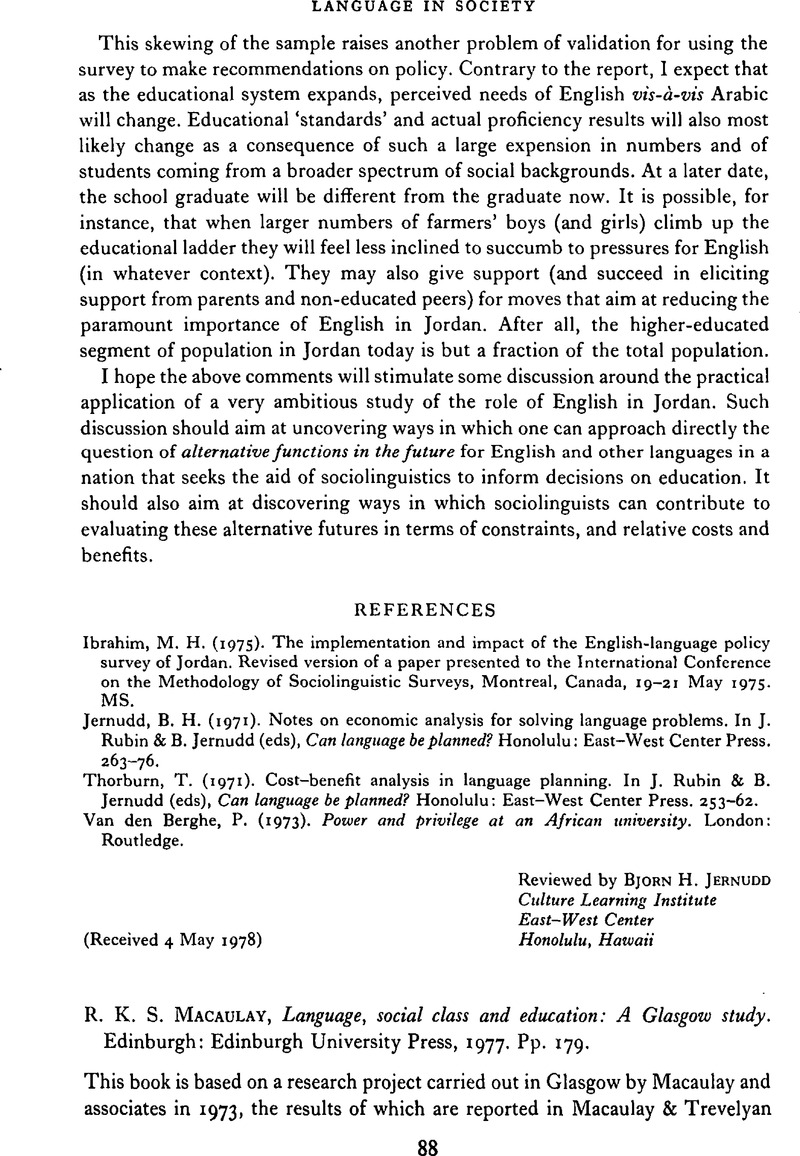Crossref Citations
This article has been cited by the following publications. This list is generated based on data provided by Crossref.
Rickford, John R.
1987.
The haves and have nots: Sociolinguistic surveys and the assessment of speaker competence.
Language in Society,
Vol. 16,
Issue. 2,
p.
149.
Pollner, Clausdirk
1987.
"It's a Comical Langnnge": Attitudes Toward Scots and English in a Scottish New Town.
Journal of English Linguistics,
Vol. 20,
Issue. 1,
p.
72.
Pichler, Heike
2009.
The functional and social reality of discourse variants in a northern English dialect: I DON'T KNOW and I DON'T THINK compared.
Intercultural Pragmatics,
Vol. 6,
Issue. 4,
2019.
Variation, Versatility and Change in Sociolinguistics and Creole Studies.
p.
80.



